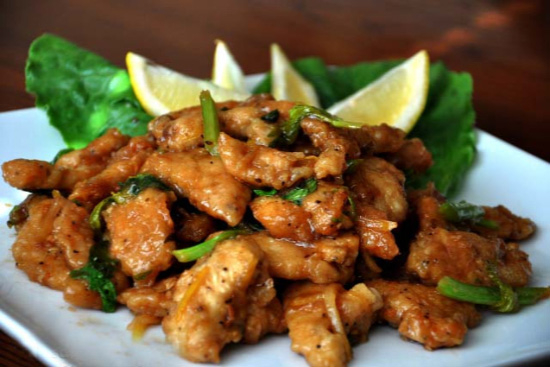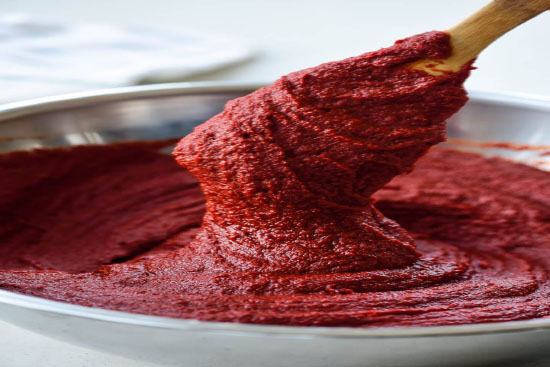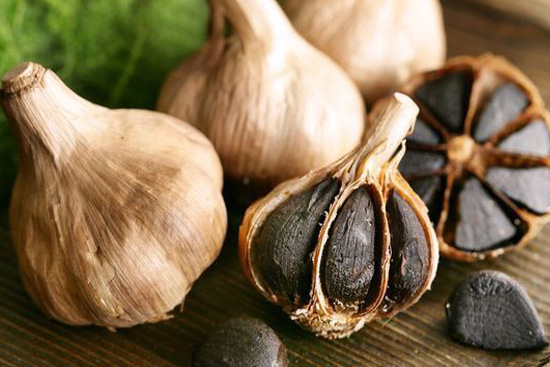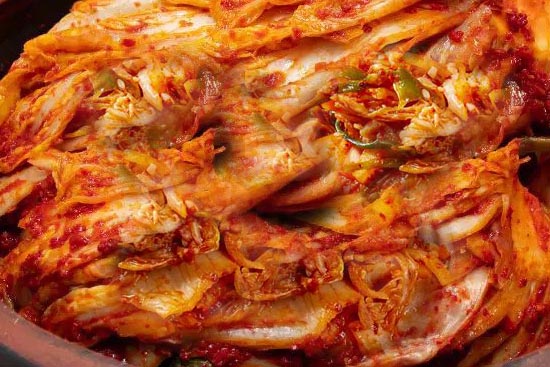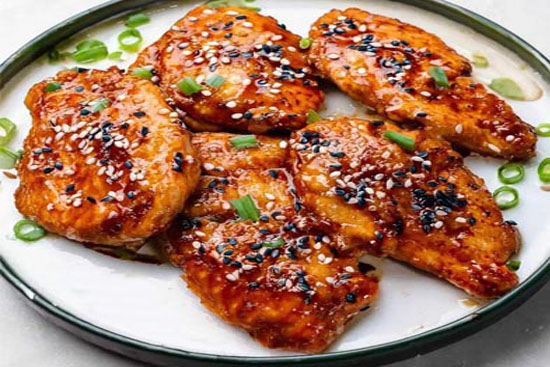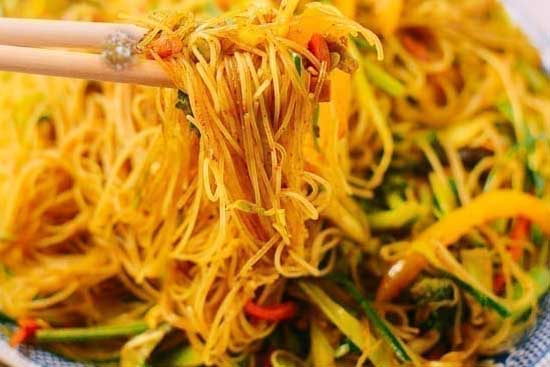The foods of South-Korea
Traditional Food in South KoreaKimchi
Kimchi is a bit part of the national identity and is therefore served with pretty much every meal in South Korea. It’s usually made from fermented cabbage and chili, it’s a bit of an acquired taste for travellers.
Korean Barbecue Meal
Korean barbecue has become popular in the west, but health and safety usually means restaurants can’t use a charcoal broiler at the table like they do in South Korea – undoubtedly key to the best flavours. Generally at a barbecue restaurant you’ll find bulgogi, cuts of marinated meat (usually pork or beef), and galbi, ribs that are usually unmarinated. Gimbap – You might think of this as Korean sushi, as it consists of rice, meat or fish, pickled radish, and sesame seeds wrapped up in dried seaweed. The difference from sushi is how the rice is flavoured with salt and sesame oil. A roll of gimbap can be a useful snack to carry with you, but is also an option in a restaurant or cafe.
Soups and stews
Again, the amount of soups and stews you’re likely to encounter in South Korea is ridiculous, and the difference between soup and stew might not always be clear. Soups are known as guk or tang, while jjigae usually means stew. You’ll find soups and stews made with vegetables, kimchi, seafood, meat, tofu, noodles, and more, sometimes all at once. Noodles
It's said that, on average, South Koreans eat 80 bags of ramen noodles per person annually, which is a lot of instant noodles. Most of that ramen is Shin Ramyun (shin means “spicy” in Korean, and ramyun is the Korean word for ramen, a Japanese word).
Noodles are popular in South Korea. Look out for naengmyeon, a thin and chewy buckwheat noodle served in an ice cold beef broth – a Korean speciality. The recipe of the broth can vary heavily from place to place. You’ll also find japchae (yam noodles fried with vegetables, beef, and/or dumplings), ramyeon (Korea’s spicy answer to ramen, served with kimchi), and u-dong (thick wheat noodles similar to Japanese udon).
Seafood
Seafood is massive in South Korea, and many restaurants will have bays of fish tanks containing live specimens for you to choose from.
A traditional South Korean seafood dish is hwe, served raw (similar to sashimi) and flavoured with a hot pepper sauce. Note that in some places the fish will be prepared while still alive to ensure maximum freshness, which can be an altogether unpleasant experience. You could also try haemultang, a spicy hotpot stew made with crab, shrimp, squid, along with vegetables and noodles. Traditional drinks in South Korea
The national drink of South Korea is soju. It’s a bit like vodka (around 20% proof), and you’ll usually find it’s the cheapest beverage on the menu.
Beer
The most popular brands of beer in South Korea are western-style lagers – Cass, Hite and OB.
The regional cuisine
Appetizer recipes coming soonMain recipes
Bobotie Chicken salad Korean honey sesame grilled chicken Potjie stew Singapore noodlesSide dishes recipes
Kimchi Peri peri sauce Seafood green onion pancake haemul-pajeon Ssamjang korean dipping sauce Dessert recipes coming soonAsian - See the recipes
Appetizer recipes coming soonMain recipes
Brown rice and chicken stir fry with edamame and walnuts Oriental lemon chicken Spicy peanut chicken Tomato stack salad Side dishes recipes coming soonDessert recipes
Meringues with ginger ice cream and chocolate sauce
Cooking in South-Korea
South-Korea desserts
